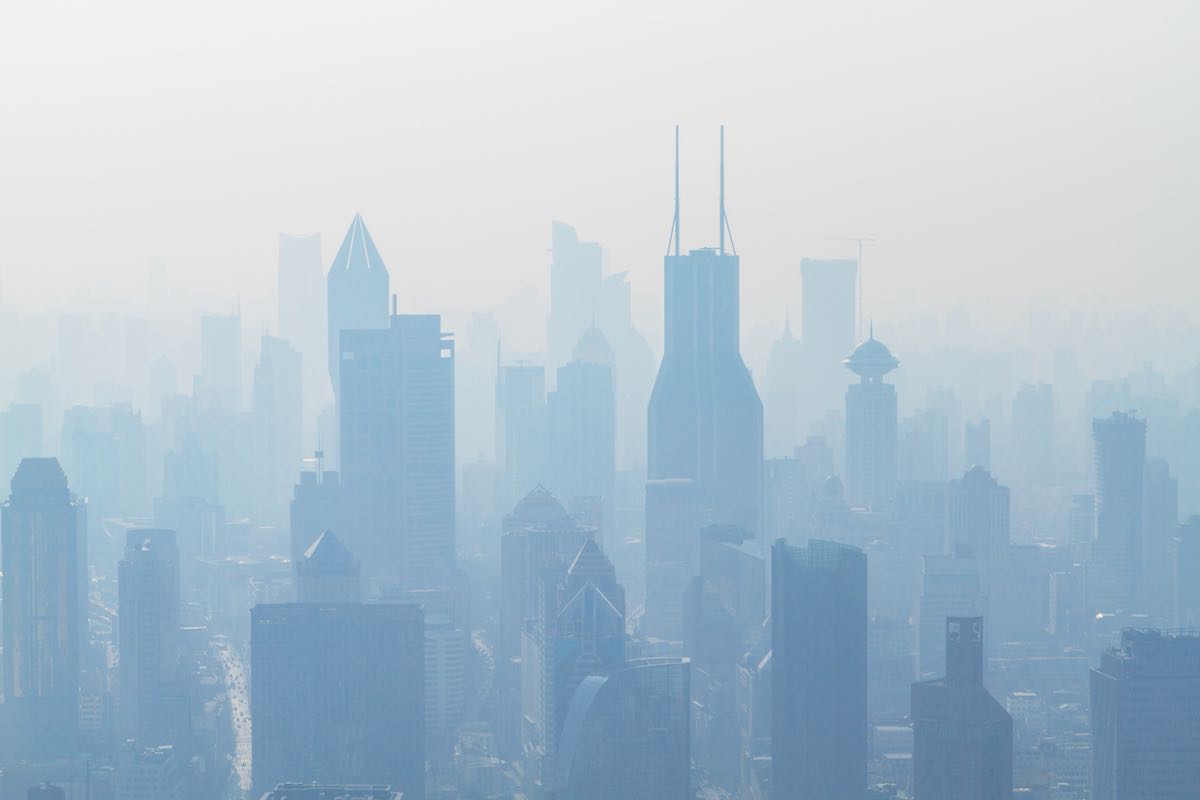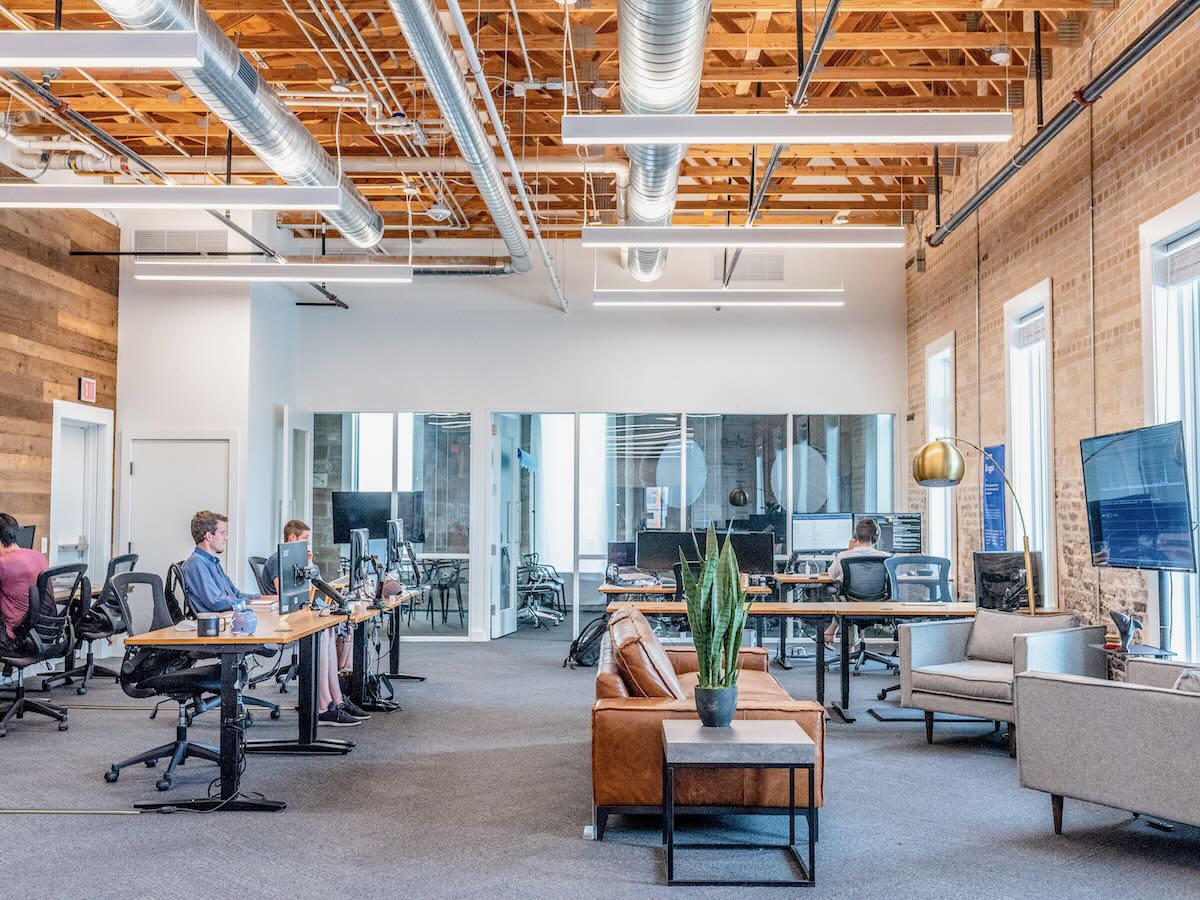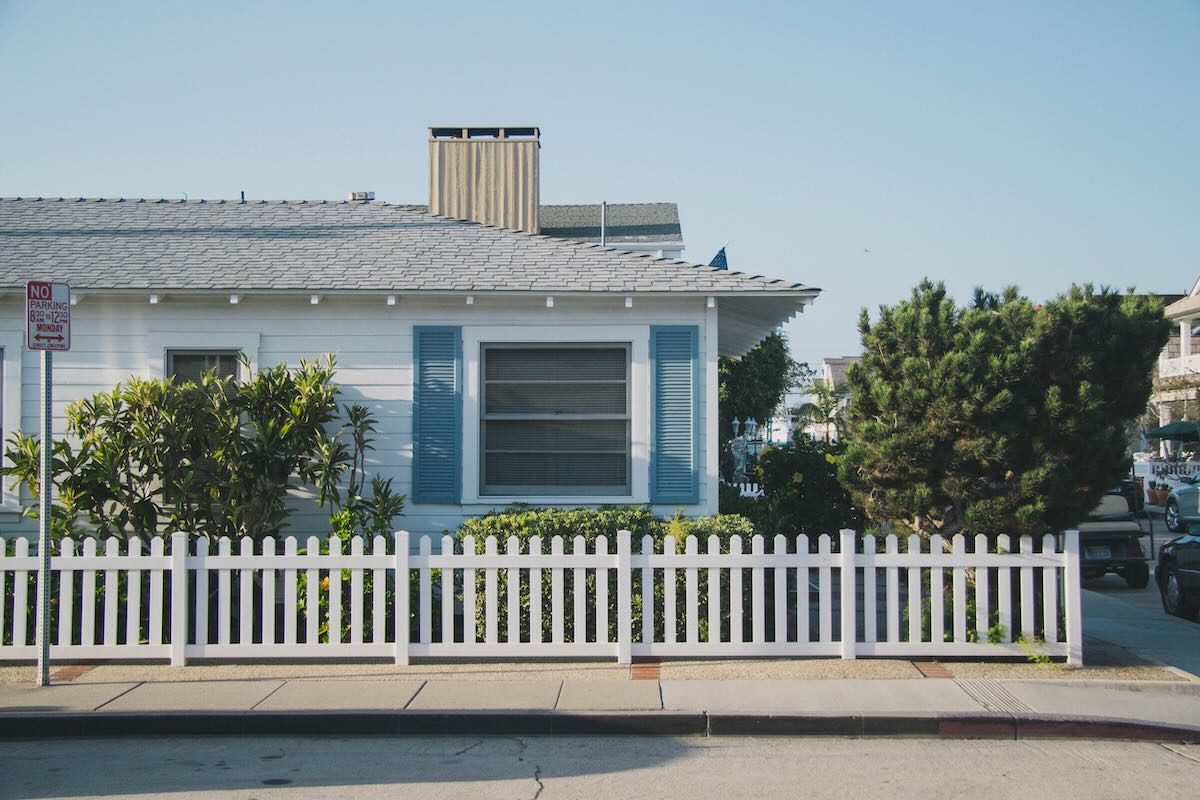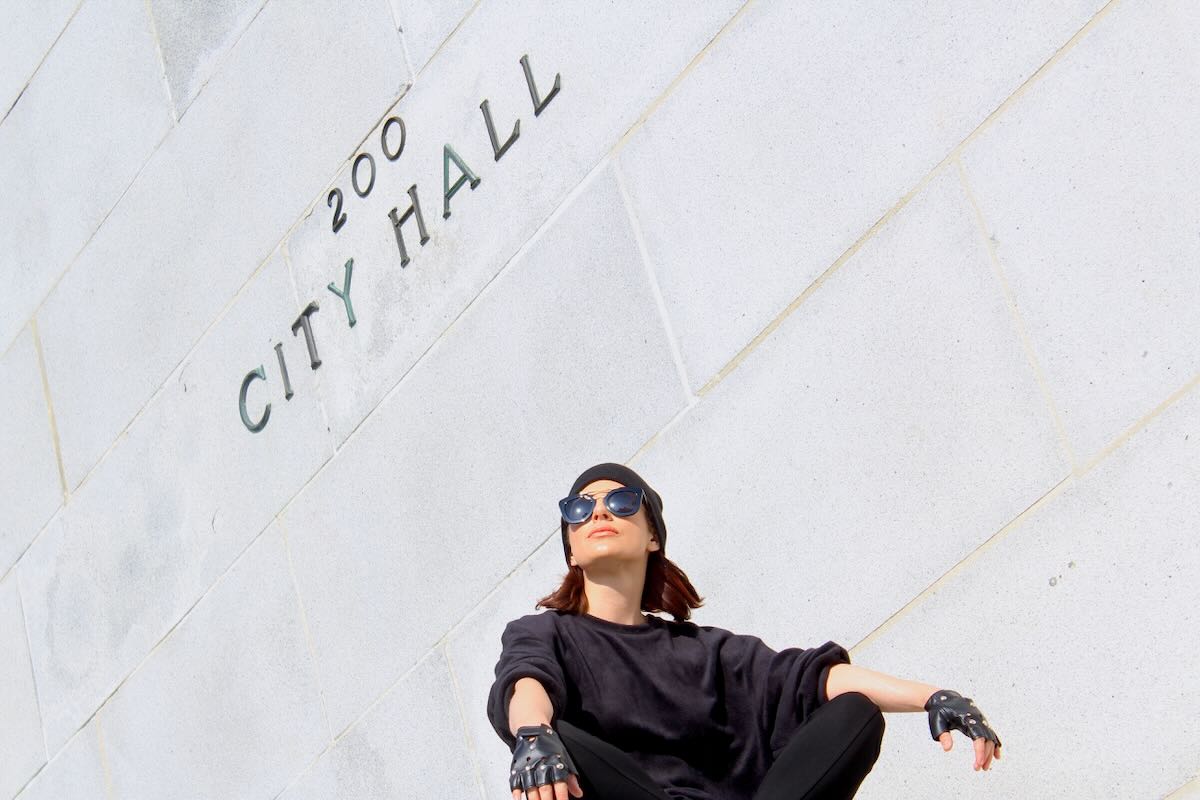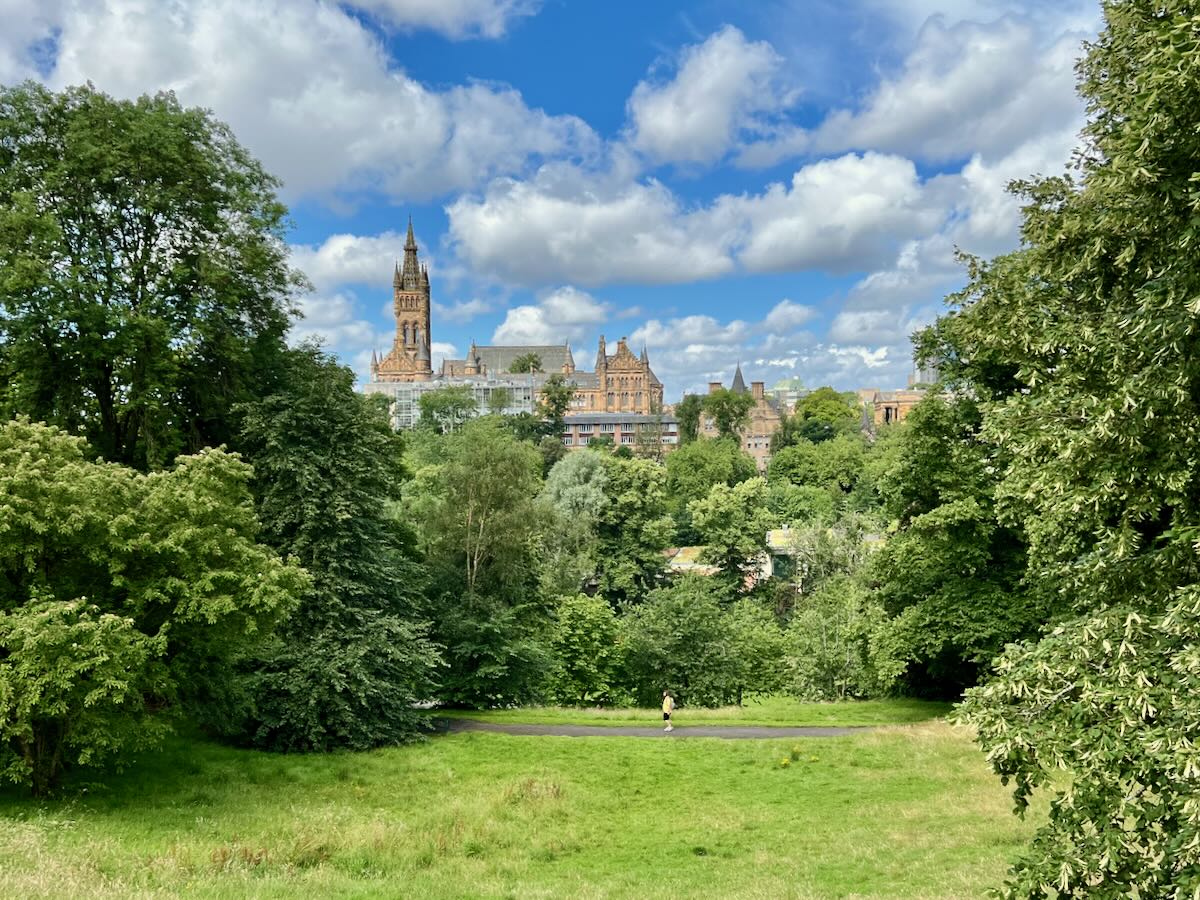Hands Off Chinatown, Issue 51
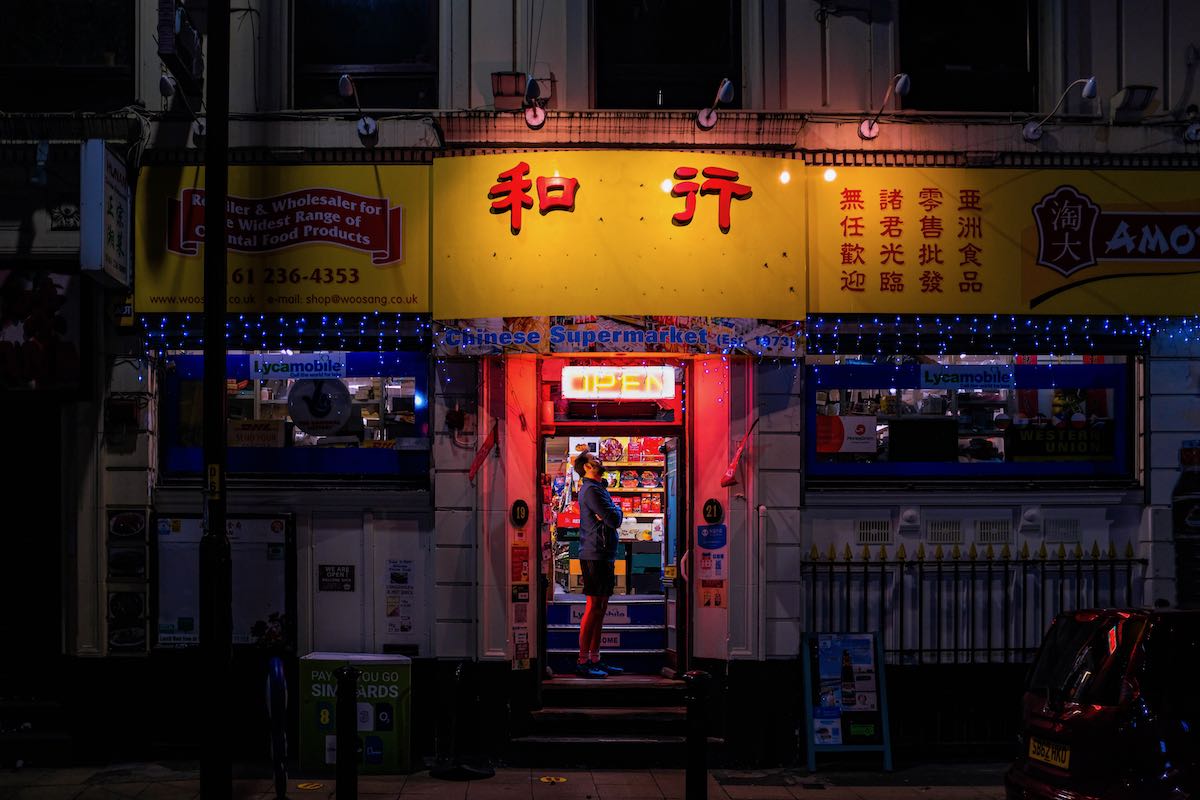
Developers have their eyes set on Montréal’s Chinatown, a tiny but very accessible area of the city near the central business district. This distinctive neighbourhood just a short walk from Old Montreal, University of Montréal Hospital Centre, and McGill University, anchors Montréal’s Chinese community. Additionally, it is an area of the city where people congregate. On the weekends we shop at Chinese specialty stores and go for dim-sum on Sunday morning. Weekdays, I enjoy the change of pace provided by the walk from Bleury to Ste-Elisabeth along de la Gauchetierre.
While there have been some improvements over the past several years, it does need investment to thrive. But not in the form of high-rise residential or office. While there should be allowances for low-rise residential, Chinatown needs investment that enhances its vocation as a “Third Place”.
Sociologist Ray Oldenburg coined the term “Third Places”. It refers to places where people spend time between home (‘first’ place) and work (‘second’ place); locations where we exchange ideas, have a good time, and build relationships
Third Places are Important
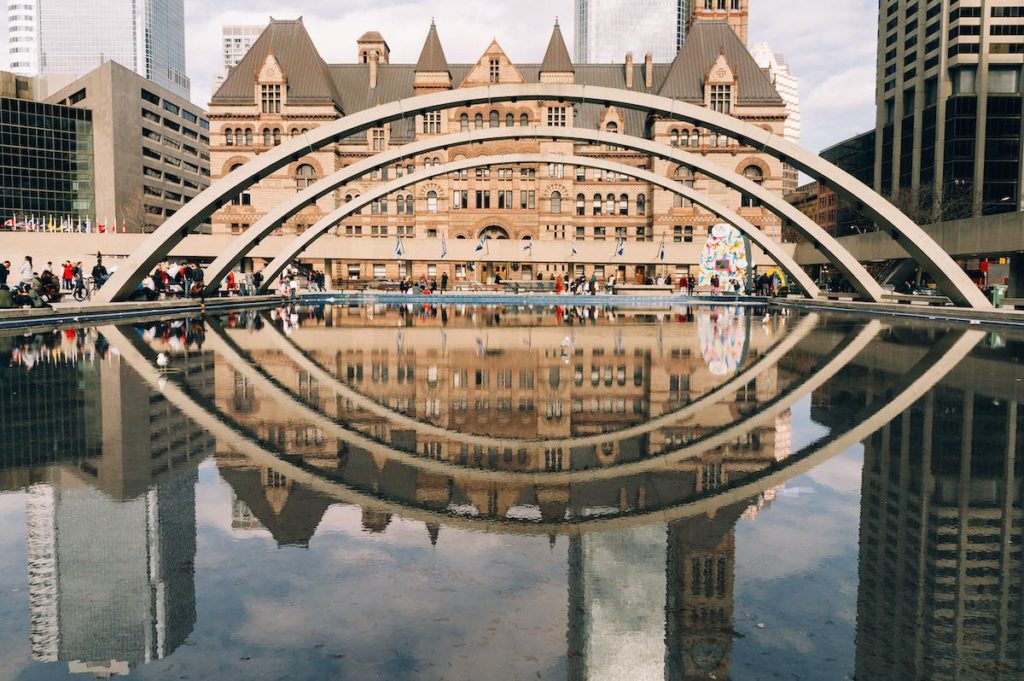
Events of the past year or so have demonstrated the importance of third places in our cities. Watch a newscast or read a newspaper each time sanitary guidelines loosen up. They show people flocking to the parks, walking along people-friendly streets, and enjoying a restaurant terrasse.
In the urban core, the COVID-liberated include condo dwellers that have been jailed on the 50th floor of a steel and concrete building. Luxury cells, maybe! But when there are curfews, restaurants are closed and elevator passenger limits, cells nonetheless! Those living in less than 1000 square feet crave access to good public spaces. Also, the social media generation has discovered that it is important to get out from behind a screen and enjoy community that was previously taken for granted .
Cities ignore the importance of beautiful public spaces, people-friendly streetscapes, and café / restaurant culture at their own peril. These are the living rooms of society. Cafés, restaurants, parks, museums, fun streets and neighbourhoods build community. Soul-less high rises do not.
What makes a good Third Place?
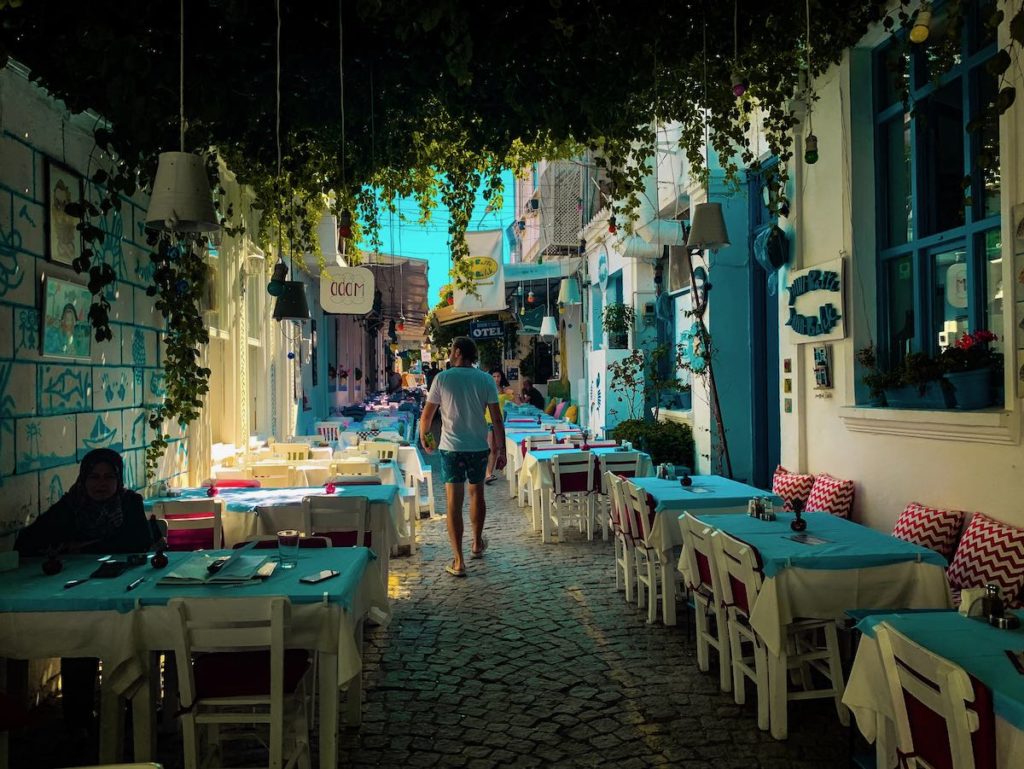
Ashok Bhattacharya and Sourav Ganguly have set out six attributes for a perfect Third Place but the editorial comment is mine.
- Good third places should be free or cheap. London museums open their general exhibitions free of charge. There is no fee to sit in Dorchester Square, Hyde Park, or Central Park.
- Easily accessible, and not by car. We should be able to walk , bike , or use great public transit to get to the park we like or go to a neighbourhood restaurant.
- There are regulars. These could include someone nursing a glass of red hiding behind the Wall Street Journal or the Financial Times; the panhandler who always has a smile and a joke; or, just someone you talk to everyday without any expectations of more.
- The availability of food and drinks which can come from a terrasse or a café; a food truck or a street-side / park kiosk; or, full service restaurants.
- Places to meet friends, both old and new. It is so nice to walk with people that you like and love, peeking into store windows or ducking into a favourite restaurant for lunch. Golf is not the great socializer. Meeting new business acquaintances in the park or at a museum, sharing a bite to eat gives me a much better measure of the person.
- The spaces have to be welcoming and comfortable. This does not mean that cities have to spend huge amounts of money on new infrastructure. It does mean that existing spaces should be meticulously maintained. Paint the park benches, repair trash containers, clean, and green. Fine the idiots who litter – I am so fed up with and disgusted by discarded face masks. Reward shopkeepers and restauranteurs that keep their places on the street clean and inviting, penalize those that don’t. Invest in public washrooms.
Third Places Create Value
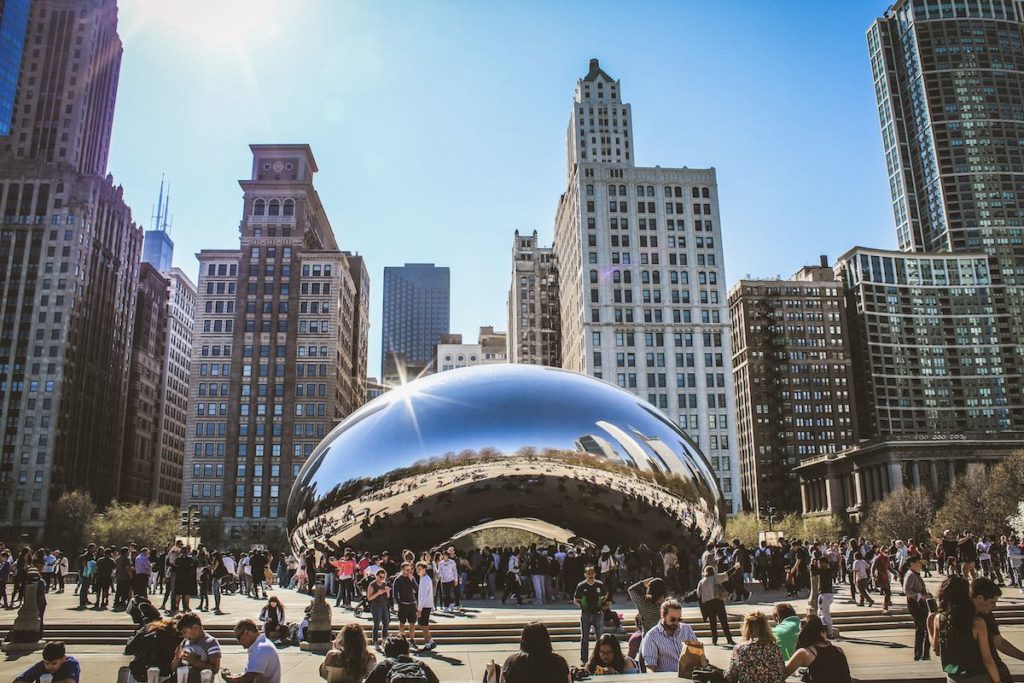
The most sought after attributes for real estate include excellent public transit, bike scores, and walk scores. These factors attract people and enable landlords to keep buildings full and get better than market rents. The bike and walk scores rely entirely on accessible Third Places. For a walk score of 90-100, daily errands do not require a car.
A forest of steel, glass, and concrete high-rise buildings add nothing to city-life. Third Places are the magnets that make neighbourhoods vibrant and attractive to people. If there are no great gathering places, why would anyone choose to live in some generic steel-and-concrete tower that adds zero to city life?
